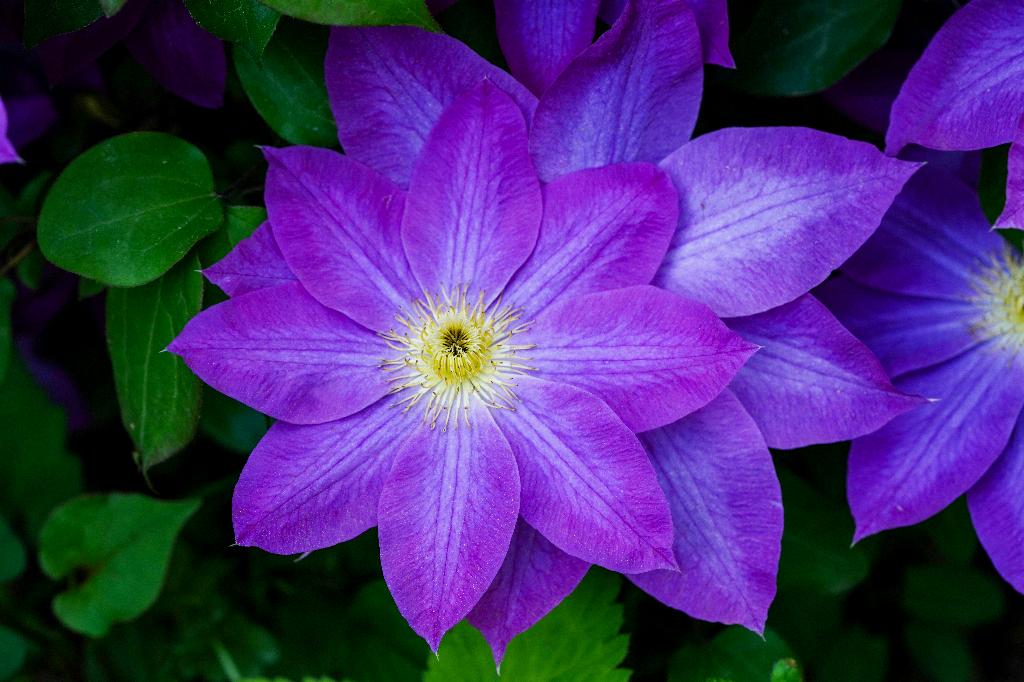When it comes to caring for your clematis plant, there are a few key factors to keep in mind to ensure its health and growth. One of the essential aspects of caring for clematis is the type of soil or potting mix you use. It is advisable to plant your clematis in well-draining soil or a suitable potting mix to prevent waterlogging, which can lead to root rot.
Choosing the Right Location
Your clematis plant thrives when it receives sufficient sunlight. Aim to place your plant in a location that receives at least four to six hours of sunlight daily. This exposure to sunlight is crucial for the plant’s overall health and promotes optimal growth and blooming.
Regular Watering Routine
Watering your clematis plant is an essential part of its care routine. Typically, you should water your clematis once a week or as needed to maintain moist soil. It is essential to monitor the soil moisture levels to prevent underwatering or overwatering, both of which can harm your plant.
Feeding Your Clematis
For your clematis to thrive, regular feeding is necessary during the growing seasons of spring and summer. Applying a suitable fertilizer can provide the plant with essential nutrients for healthy growth and vibrant blooms. Be mindful of the fertilizer’s instructions and dosage to avoid overfertilizing.
Pruning Techniques
Pruning plays a vital role in maintaining the health and appearance of your clematis plant. Different clematis varieties may require varying pruning techniques, so it is crucial to familiarize yourself with the specific needs of your plant. Proper pruning can promote new growth and enhance flowering.
Supporting Your Clematis
Many clematis varieties are climbers and require appropriate support structures to grow vertically. Providing trellises, arbors, or other supports can help your clematis plant reach its full potential and create a visually appealing display in your garden.
Protecting Against Pests and Diseases
Like any plant, clematis is susceptible to pests and diseases that can hinder its growth. Regularly inspecting your plant for signs of pests or diseases, such as aphids or powdery mildew, is essential to address any issues promptly and prevent further damage.
Overwintering Care
During the winter months, your clematis plant may require special care to survive the colder temperatures. Depending on your region, you may need to provide protective mulching or insulation to shield the plant’s roots and stems from frost damage.
Monitoring Growth and Development
Keeping a close eye on your clematis plant’s growth and development can help you identify any potential issues early on. Observing changes in foliage, blooms, or overall plant health can guide adjustments to your care routine to ensure the plant’s continued well-being.
Rejuvenation Pruning
As your clematis plant matures, rejuvenation pruning may be necessary to promote new growth and rejuvenate the plant. This pruning technique involves cutting back the plant significantly to encourage fresh stems and blooms, revitalizing its appearance and vigor.

Consistent Care for Optimal Results
Consistency is key when it comes to caring for your clematis plant. By following these essential care tips, including proper watering, feeding, pruning, and monitoring, you can help your clematis thrive and reward you with beautiful blooms season after season. Taking the time to care for your clematis plant will undoubtedly pay off in a stunning display of color and vitality in your garden.
